Surb Stephanos church of Shosh
Location
Shosh village is located in the Artsakh Republic's Askeran region. The village's Surb Stephanos church is located in the village square (Figs. 1, 2).
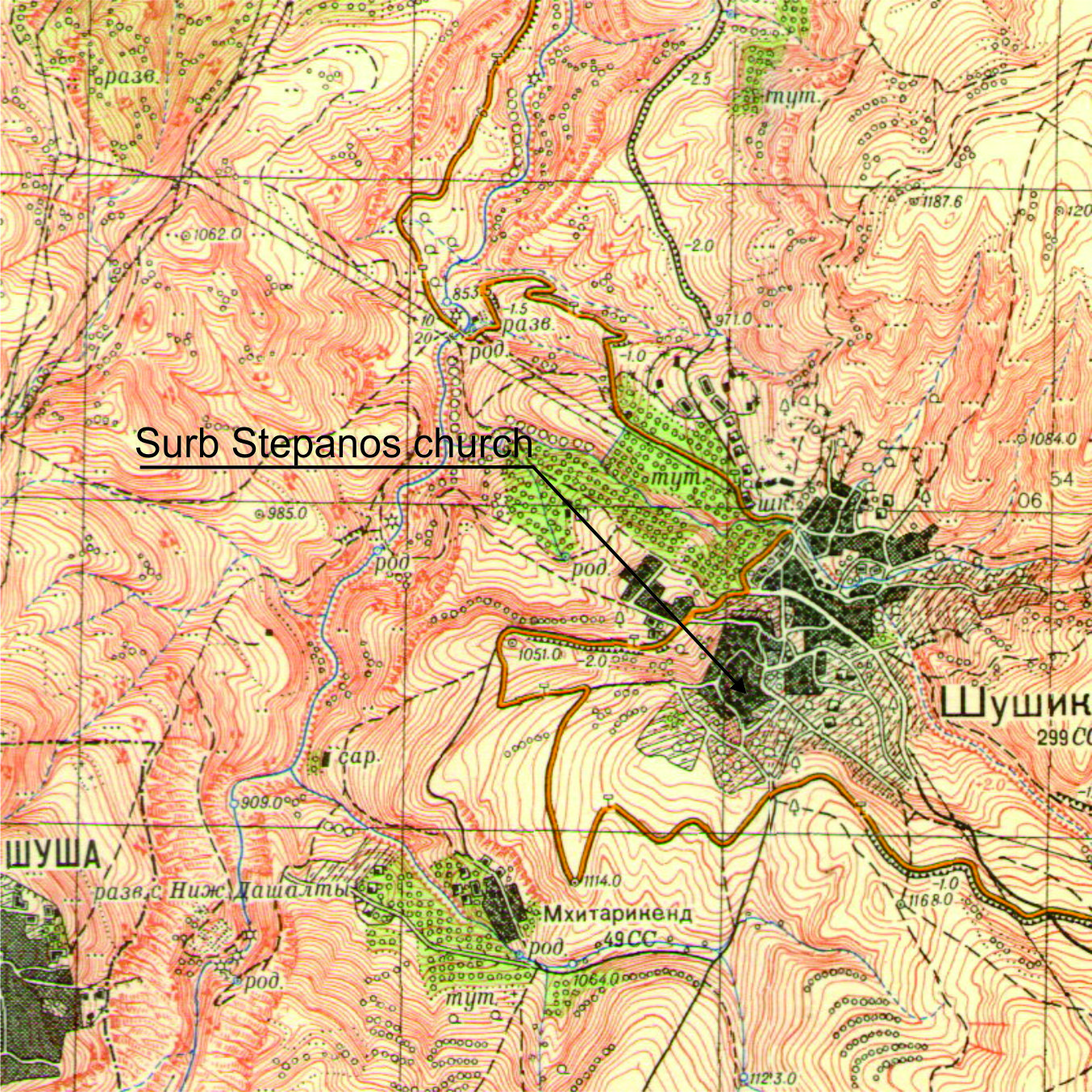
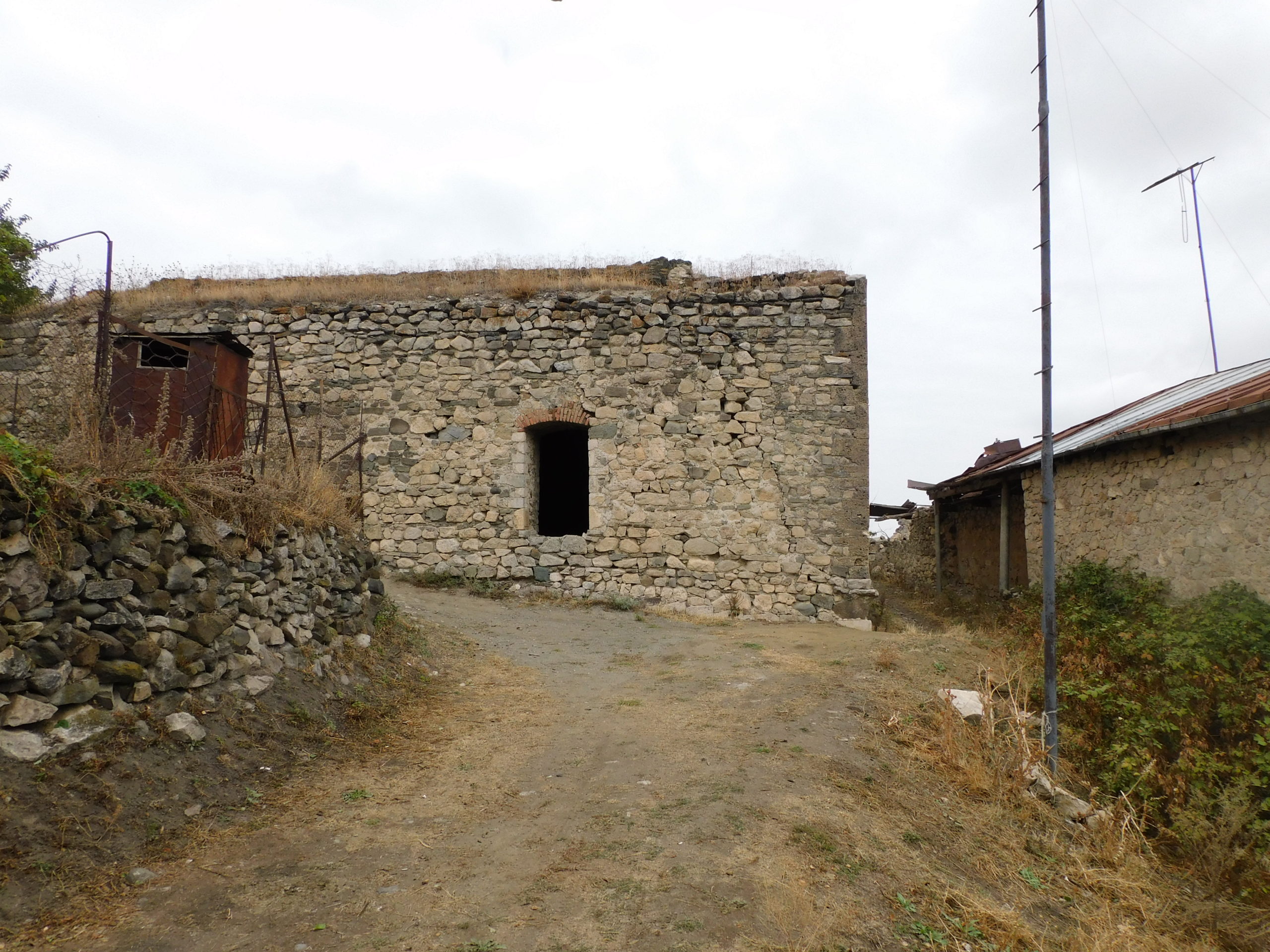
Fig. 1 The general view of the church, photo by A. Grigoryan.
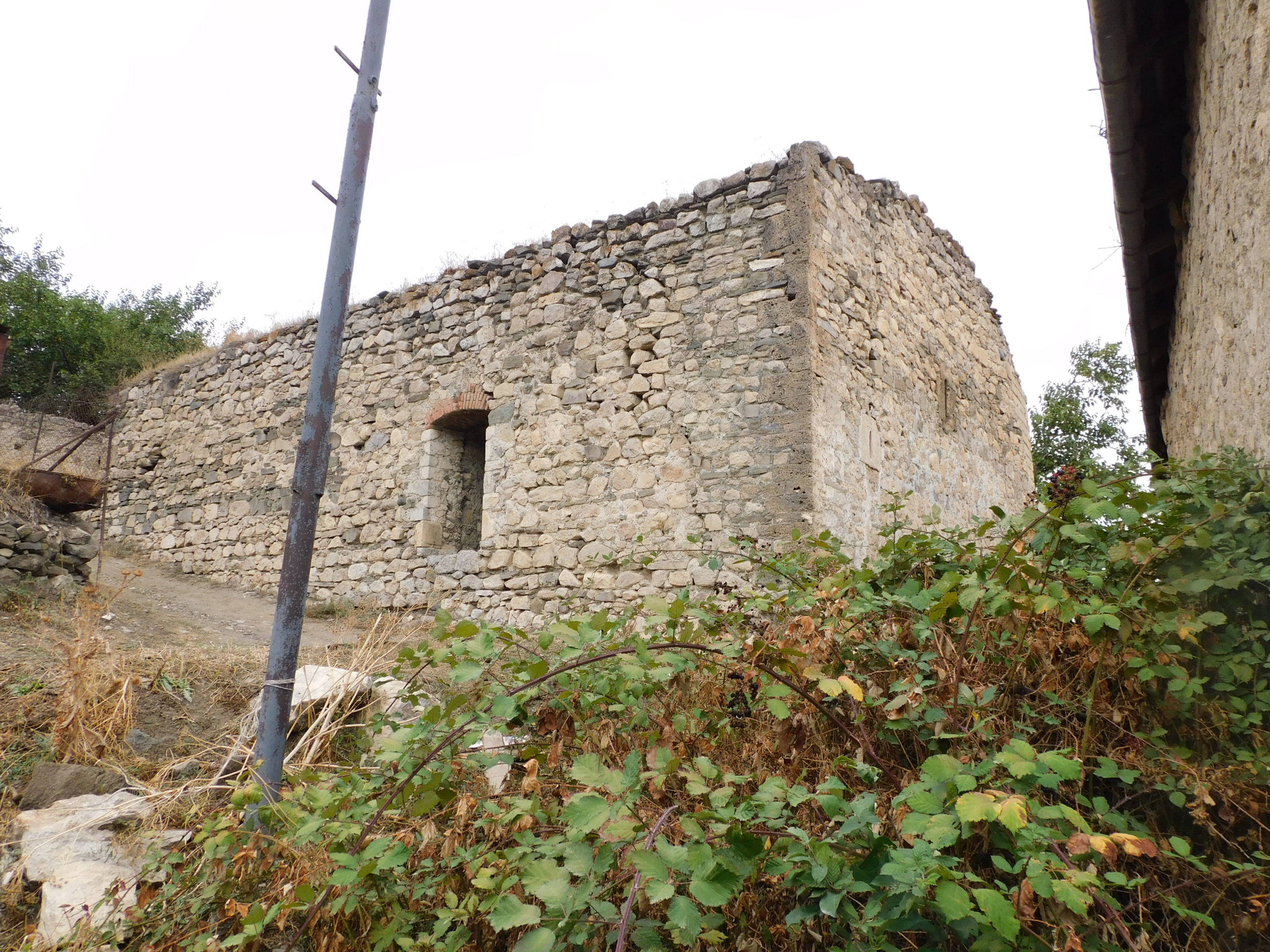
Fig. 2 The general view of the church, photo by A. Grigoryan.
Historical overview
According to the semi-defaced building inscription on the northern entrance lintel, Surb Stephanos Church was constructed in 1655: "Surb Amenaprkich church was built during the patriarchy of Catholicos Ter Yeremia from Aghuank (Aghvank) and the reign of Ter Grigor and Davit bishops in our state for the salvation of our souls and the souls of the deceased. I, Ter Davit, the elder priest, was the driving force behind the construction of this church in 1655. In your prayers, remember Ter Araqel. May Jesus Christ's blessing protect the souls of the dead" (Fig. 3), (CAE5, 145-146).
Makar Barkhudaryants first published the inscription, with some changes, in his work "Artsakh." Although the inscription refers to the church as St. (Surb) Amenprkich, it is also known as Surb Stephanos in the village (Barkhutareants 1895, 133).
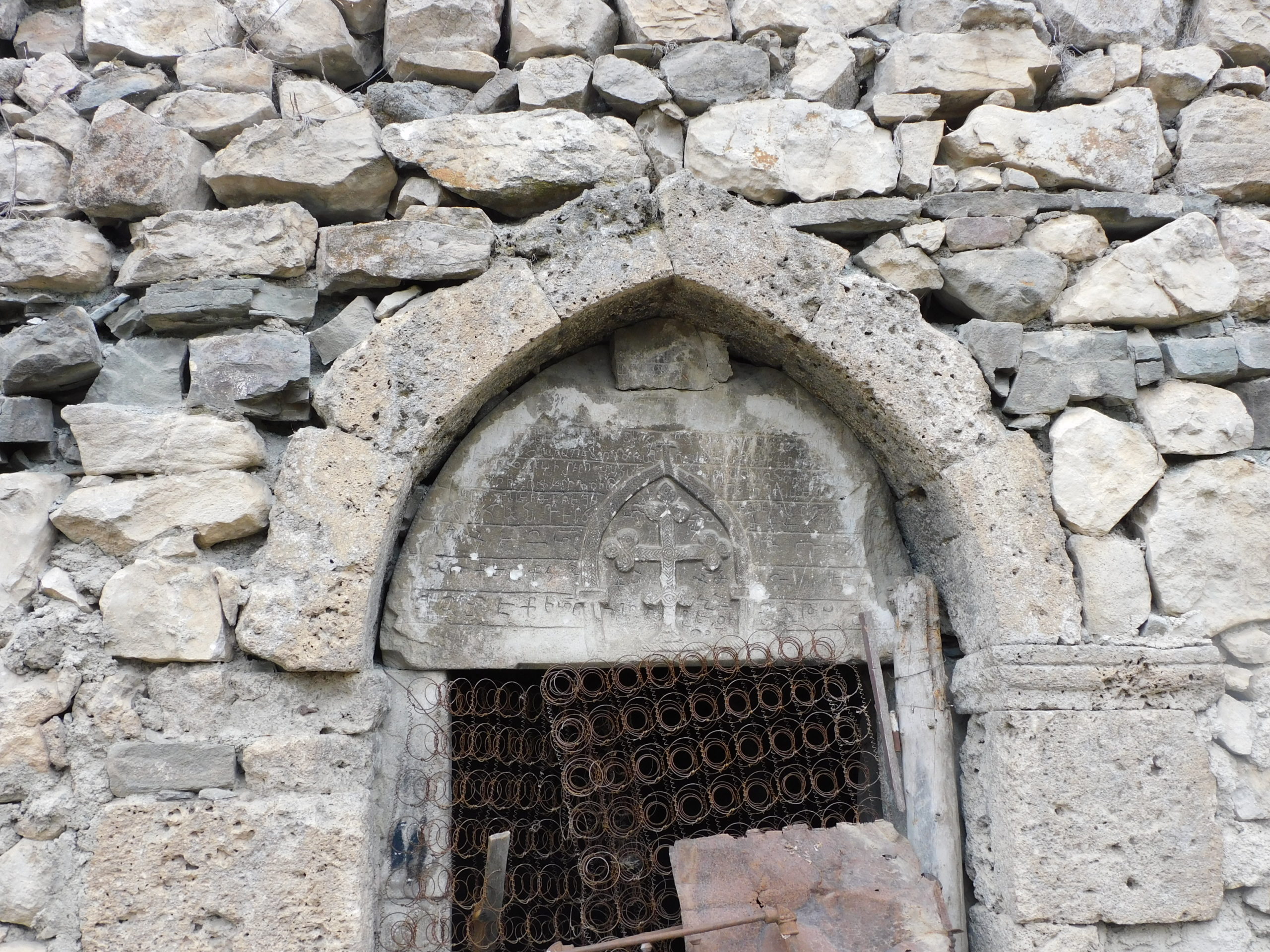
Fig. 3 The building inscription of the church, photo by A. Grigoryan.
Architectural-compositional examination
The church is a vaulted structure with a rectangular architectural plan. It is mostly built of rough and small stones, as well as lime mortar. Only the entrance stones, curb stones, and window cornerstones have been polished (Figs. 4, 5). The structure's initial windows, including the maintained window on the eastern facade, are small. However, afterward, perhaps in the nineteenth century or during the Soviet era, when the building was utilized for economic purposes, two more relatively large windows were built on the south and north walls. (Figs. 6, 7).
"The church was built on two arches, measuring 17 meters and 50 centimeters in length and 10 meters and 60 centimeters in width," Makar Barkhudareants writes (Barkhutareants 1895, 132).
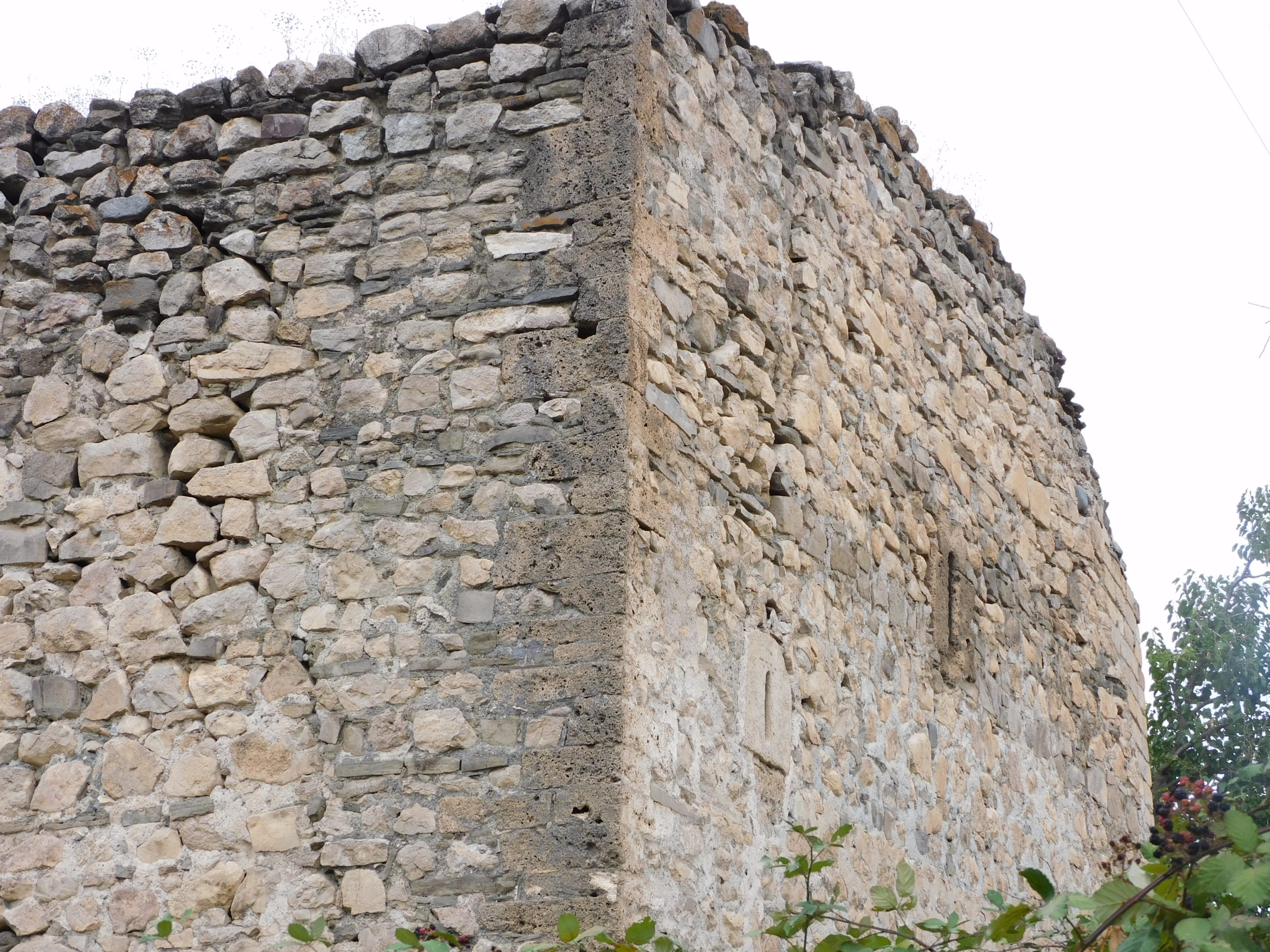
Fig. 4 One of the angular facades of the church, photo by A. Grigoryan.

Fig. 6 The window on the church's northern façade, photo by A. Grigoryan.

Fig. 5 The eastern facade of the church, photo by A. Grigoryan.
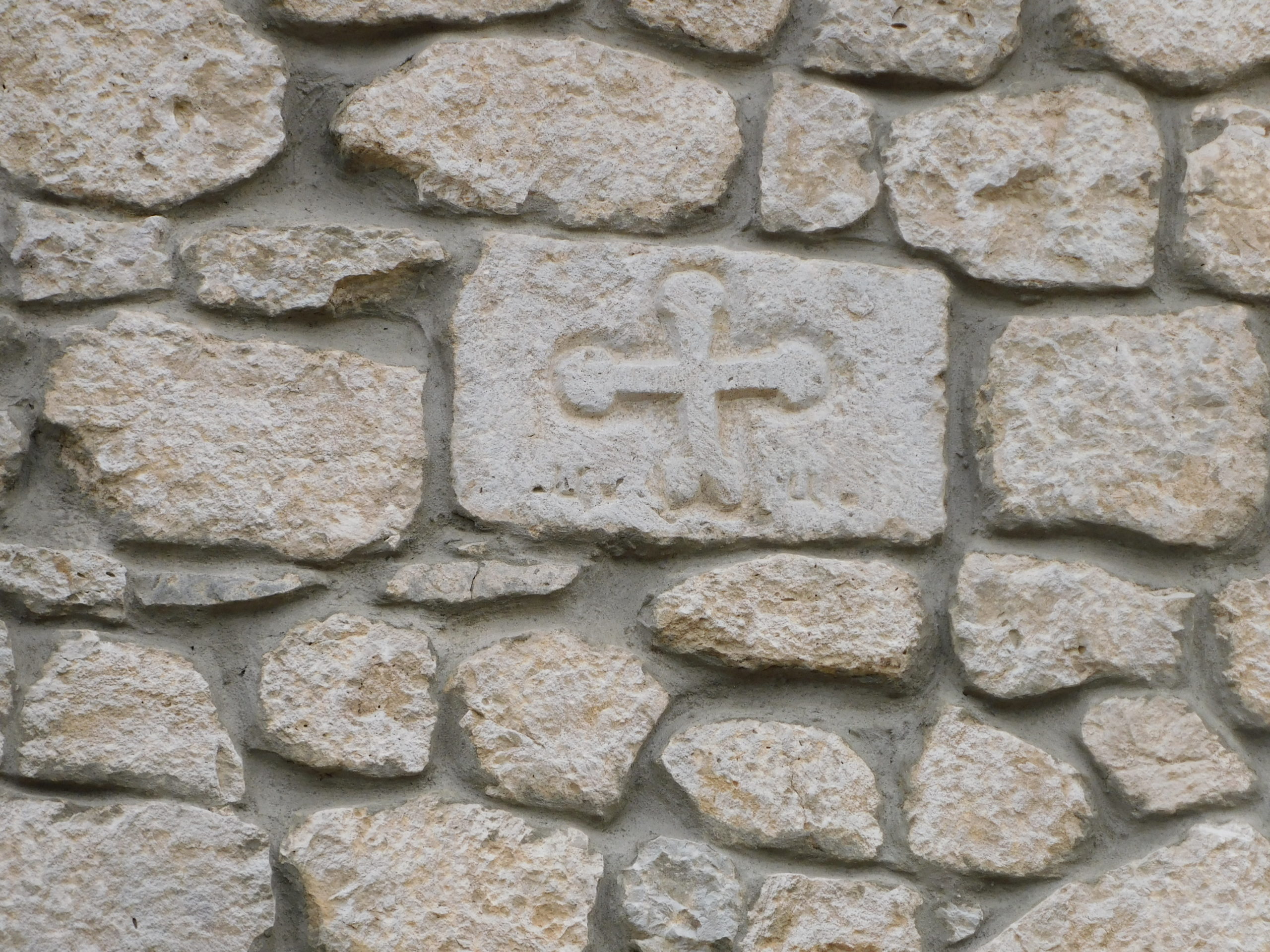
Fig. 7 The window on the church's southern façade, photo by A. Grigoryan.
Fragments of khachkars with inscriptions can be found on the church's walls (Figs. 8, 9).
On the front part of the bema, there is a khachkar fragment with the inscription "in the year 1655." Another khachkar fragment is enchased next to this one, noting "1651", and another one is enchased on the front of the church's northern sacristy facade, saying: "in the year of 1712" (CAE, 5, 146). The vaulted roof of this inwardly large building rests on arches originating from the wall pilasters of the prayer hall's longitudinal walls (Figs. 10, 11).
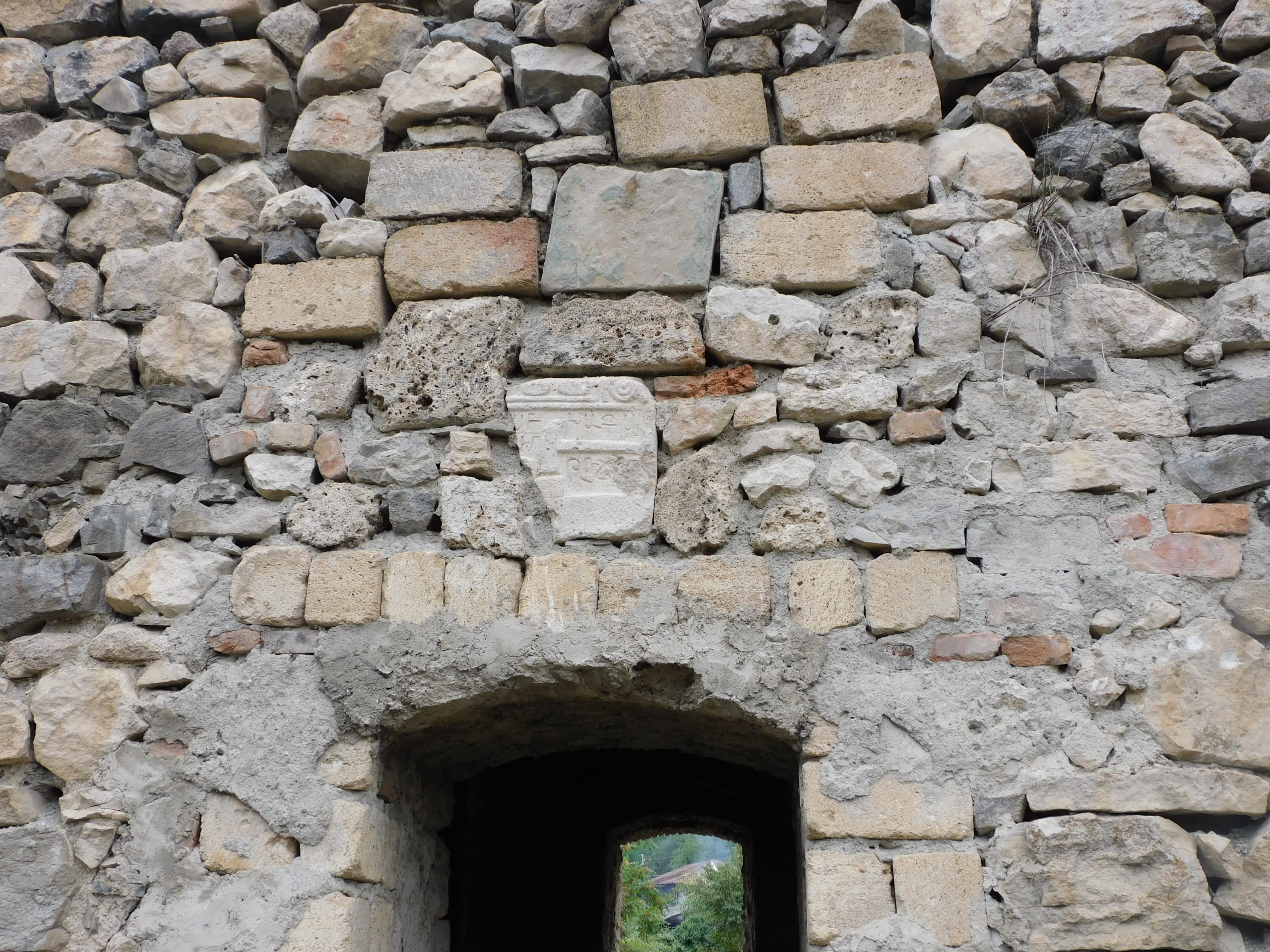
Fig. 8 A fragment of the khachkar with an inscription enchased in the wall of the church, photo by A. Grigoryan.

Fig. 10 The interior of the church, photo by A. Grigoryan.
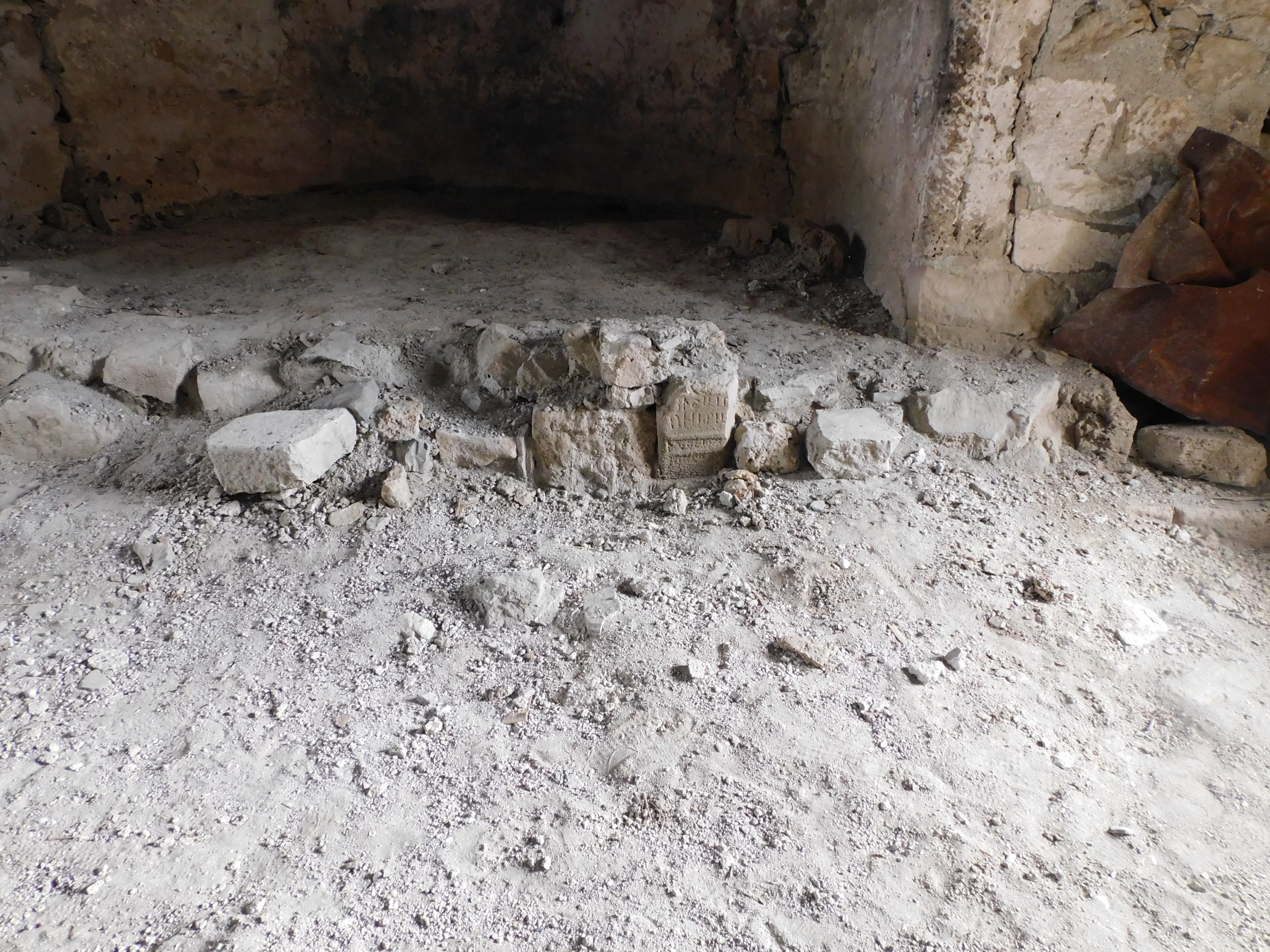
Fig. 9 A fragment of the khachkar with an inscription enchased in the wall of the church, photo by A. Grigoryan.

Fig. 11 The interior of the church, photo by A. Grigoryan.
The condition before and after the war
Even though the church was not harmed during the Artsakh wars, it is in critical condition, with large cracks in the walls and a hole in the roof caused by the collapse (Fig. 12).
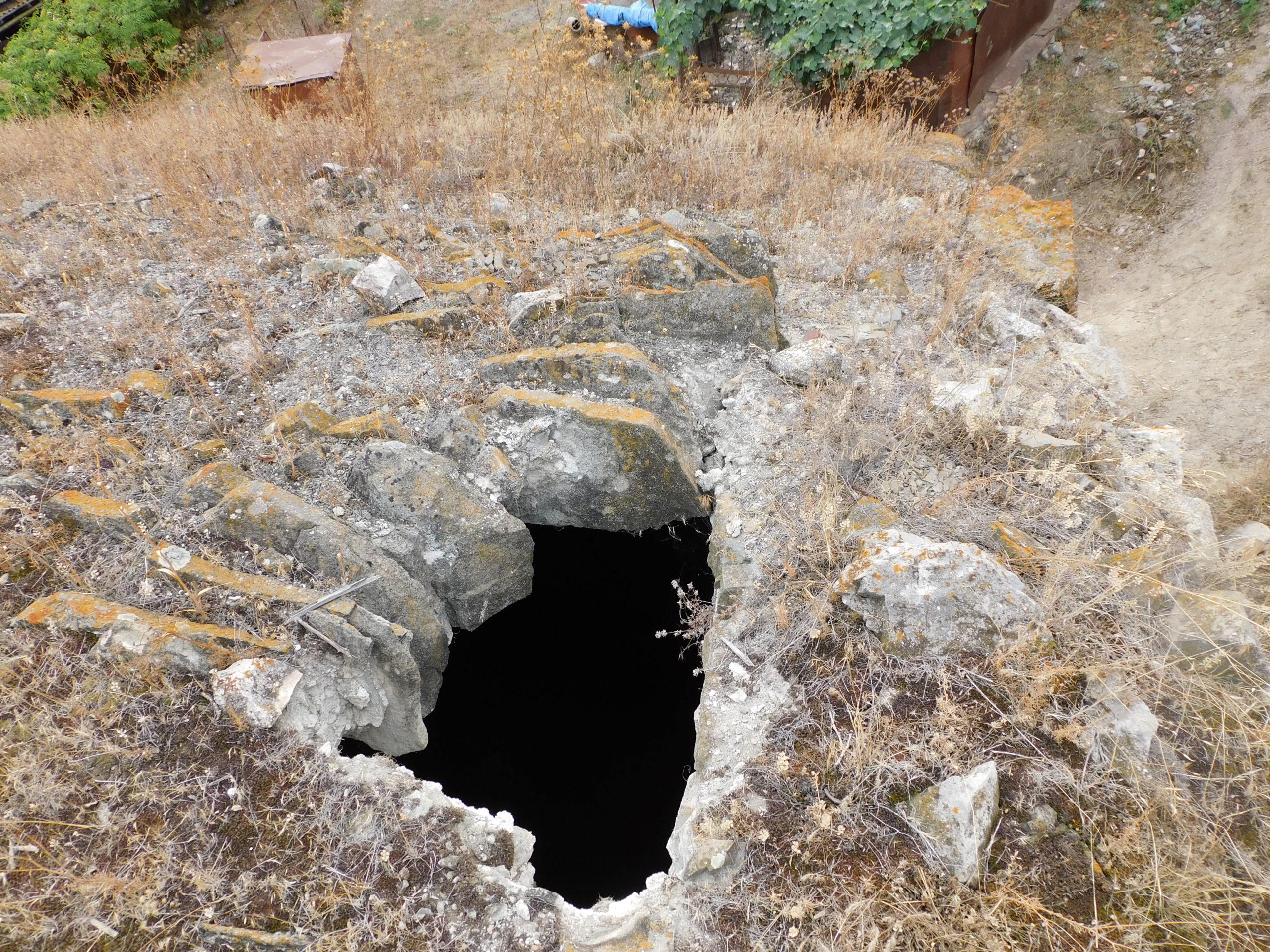
Fig. 12 The damaged part of the church roof, photo by A. Grigoryan.
Bibliography
- Barkhutareants, 1895-Barkhutariants M., Artsakh, Baku, "Aror".
- CAE-Corpus of Armenian Inscriptions, Release 5, Artsakh, Yerevan, 1982.
Surb Stephanos church of Shosh
Artsakh